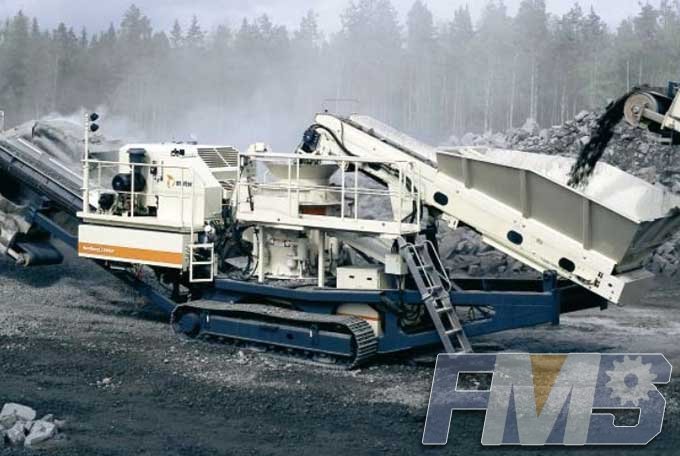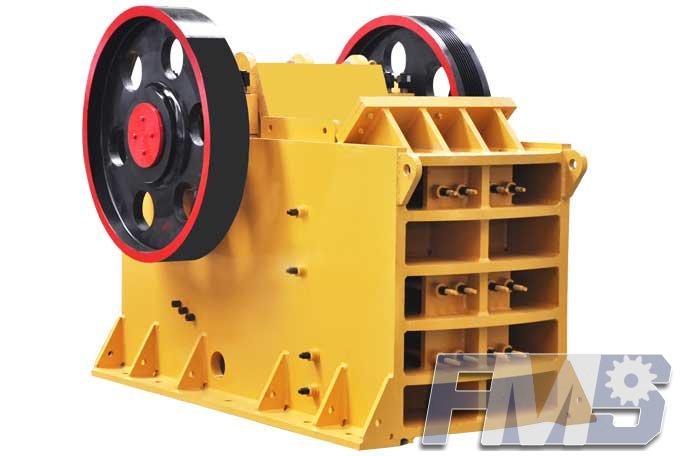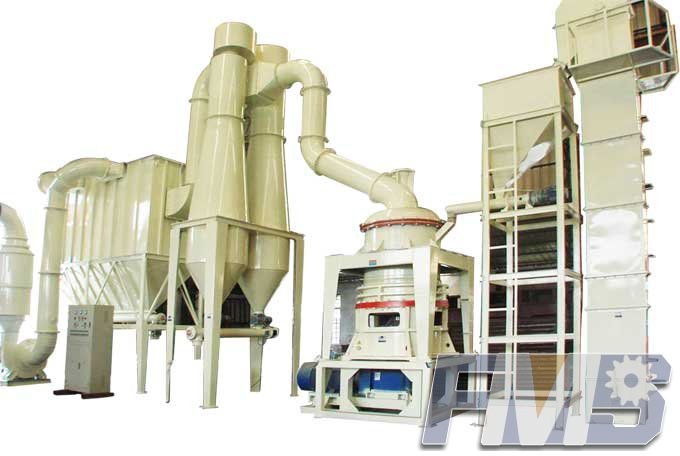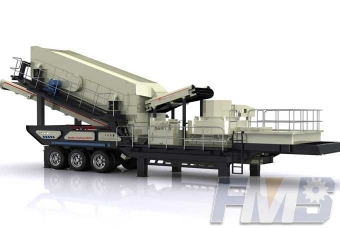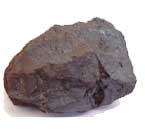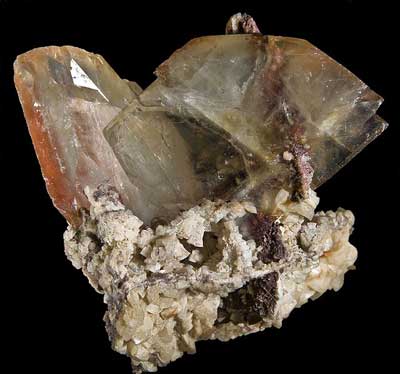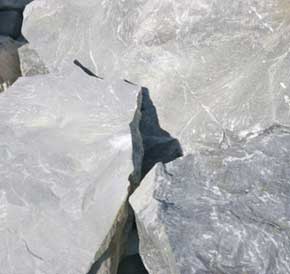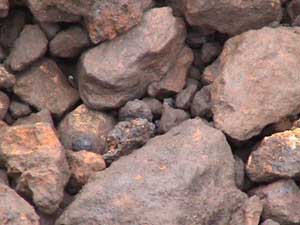Comminution Equipment for Rocks and Minerals
Natural rocks and minerals, especially those used as aggregates, tend to be strong and brittle, that is they break under applied stress without undergoing significant deformation or strain. They are often also abrasive. These factors are all important in the selection of comminution equipment.
Natural materials have a high compressive strength but are often weak in tension. Unfortunately, outside of the laboratory, it is impossible to subject individual pieces of rock to tensile stress and it is equally impractical to stress each piece just to the point of failure on an individual basis. As a result, many comminution devices employ the simpler technique of applying compressive stress to particles on an indiscriminate basis. Many particles fail since the deformation produced creates internal tensile stresses but others absorb this 'strain-energy' without failure and the energy is subsequently uselessly released as heat. Consequently comminution devices tend to be inefficient in utilization of energy so that techniques and machines are constantly refined and developed to improve their performance.
Impact is an effective method of inducing tensile forces within a particle and is generally a more energy efficient process of comminution. An additional advantage is that impact tends to impart a more regular shape to the broken fragments.
Attrition and abrasion, although effective in producing very finely sized particles when required, are very inefficient processes, causing high wear and maintenance costs and are avoided in aggregate production.
Useful properties of rock when selecting comminution equipment, especially by comparison with other practice, are, for strength: unconfined compressive strength (UCS), aggregate crushing and impact values (ACV, AIV) (see Chapter 7) and even the Bond Work Index (Wi). For abrasivity, useful parameters are: aggregate abrasion value (AAV), free silica content (% SiO2) and, maybe, the Pennsylvania Abrasion Index (Ai). For common rocks many of these values are well known and tabulated in references.
Experience has shown that each comminution machine operates most effectively, as measured by capacity, maintenance and power costs, utilization of capital investment etc. within a range of values of the reduction ratio. The reduction ratio (RR) is defined as the ratio of feed size to product size (F/P) where 'size' is defined as the screen aperture that will pass 80% by weight of the material, i.e. retain 20% wt. This reduction ratio varies from 3 : 1 to 20 : 1 or even greater but for many crushing devices it is in the range of 4 : 1 to 8 : 1. Consequently, comminution proceeds as a series of stages giving rise to the nomenclature of primary, secondary and tertiary crushing for example. At each stage, sizing processes may recover marketable aggregate fractions until the final stage is attained.

Indeed, the essence of good plant design is to consider the comminution and sizing operations as an integrated process although they are discussed separately in this Chapter. In this respect, aggregate crushing differs from the comminution of most mineral ores for which the objective of crushing is to achieve maximum size reduction prior to subsequent grinding to liberate valuable minerals. In aggregate production the crushed rock is separated into size fractions to generate the finished product and the size distribution of the crusher product is of great importance, not just the degree of size reduction.
The particle size distribution of the crusher product will determine the yield of saleable products that can be obtained by sizing alone without recrushing. It also determines the required area of the screens (see w The production of the various sizes should obviously match market demands as closely as possible in order to maximize the economic return although a degree of flexibility in the process plant may also be essential. This factor is important during the selection of the type of crusher and the number of size reduction stages. In the extreme, a simple, inexpensive plant comprising only a single, high reduction stage of crushing may appear attractive from an investment point of view but would permit limited control of the relative proportions of various sizes. In this respect, the crusher might, for example, produce excessive quantities of aggregates in certain size ranges, especially dust and fine aggregate fractions, and insufficient coarse aggregates. The installation of a larger number of size reduction stages, each of lower reduction ratio, combined with screening and recycling of material will provide the control to increase the proportion of material arising within the most desirable size range but at greater cost.
Crushing may be defined as a comminution process in which the crushing members of the machine, e.g. jaws, may approach closely but will not touch even if no rock is present, i.e. the motion of the members is limited and precisely controlled. Within grinding machines the grinding members are free and do come into contact in the absence of feed rock. The members are commonly referred to as 'media' if in the form of steel rods or balls but may also take the form of steel tyred rollers. The grinding action is most applicable to the production of finely sized particles (<5 mm).
Tagged: Comminution Equipment for RocksComminution Equipment for MineralsTypes of Comminution EquipmentComminution Machine for Stone
Get Detail Information:
(If you do not want to contact to our online customer service, please fill out the following form, Our client manager will contact you later. We will strictly protect your privacy.)


